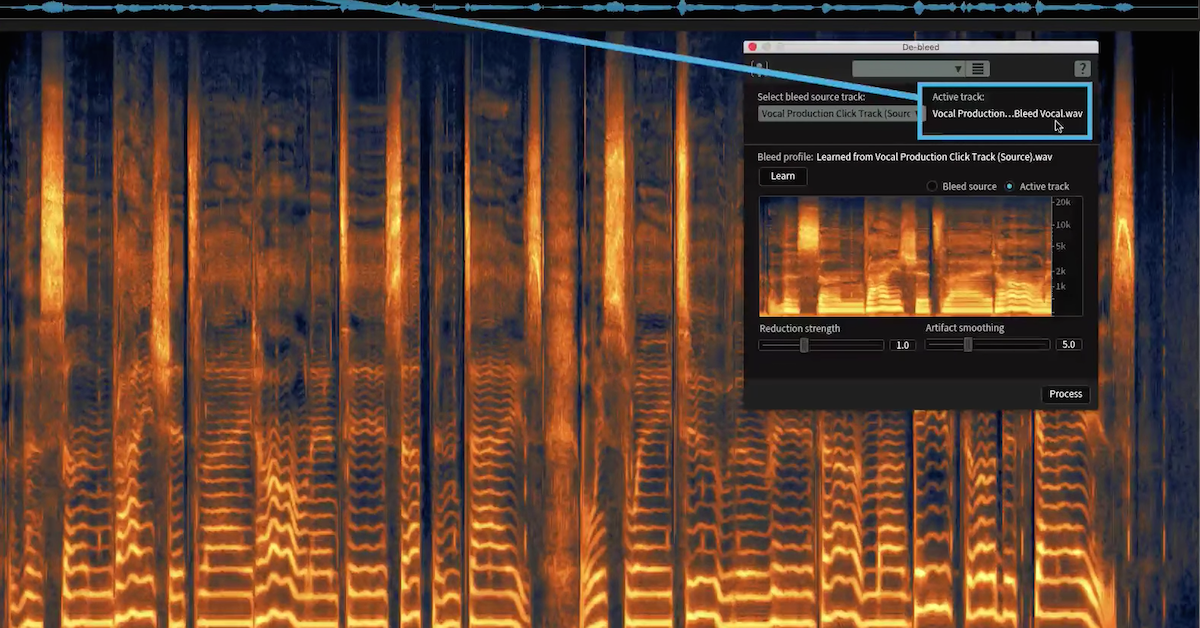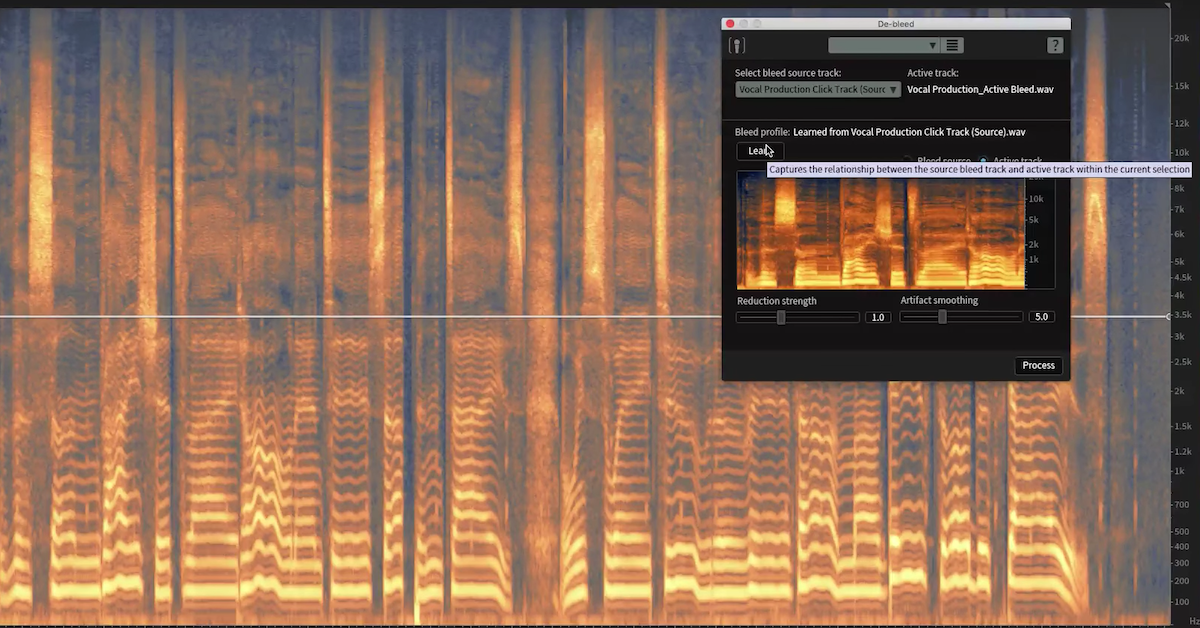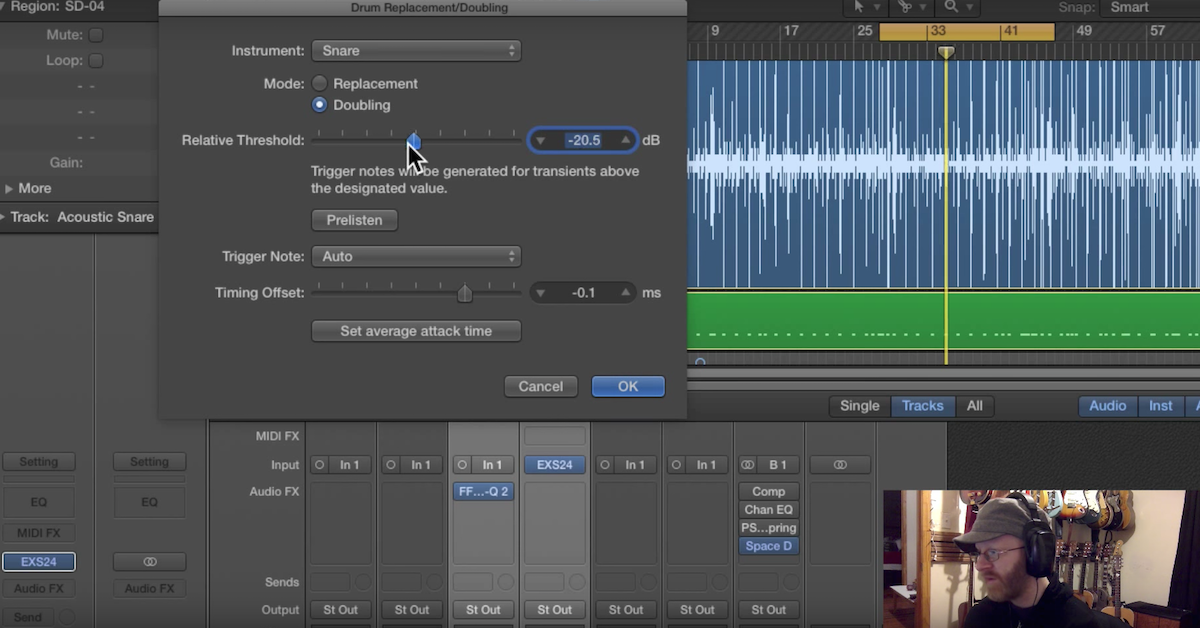Why You Should Let Your Recordings Bleed
Article Content
There was a time when music was a conglomeration of sounds. It was the sum of all parts and the recordings documented the space that the performances took place in.
As technology evolved, we became more inclined to dismantle sound and reassemble it. We put everything under a microscope.
Sure, we’re always trying to progress past limitations, but have we become afraid of the very elements that were originally compelling about many recordings?
The Times They Are a Changin’
Change is nothing new. Times change. Fads change. There is fun in changing with the times.
But that doesn’t mean we need to throw out methods of the past. There will always be moments where those dusty techniques are appropriate.
There’s a lot of talk about which microphone and preamp were used on what instruments for classic recordings. Rarely is the natural bleed of instruments in the room discussed.
Modern Science
There’s a modern belief that you must isolate everything. Audio quarantine if you will. You must have complete control over mixing. We go to the extent that we don’t even like drums bleeding into other drum mics.
Now, this has its place. This method is as valid as any, but I’m simply looking to discuss why bleed isn’t the enemy.
To my ears, there is magic in the bleed. A guitar amp that bleeds into the drum mics adds an ambience I really like.
19th Nervous Breakdown
Right now, I’m sure some readers are biting their nails in fear. What if you need to punch in? Well, when you have bleed it means you have to get it right the first time.
You may have to practice the part before you play it. Now, this shouldn’t be a problem if you’ve done your pre-production and you’re working with great musicians. This means everyone needs to practice their … craft!
Obviously, the level of musicianship is going to dictate some of your choices. The better the musicians, the more choices you can make since you’re not working against a limitation.
Ebb and Flow
Think about how bleed works. When the drums are being hit, you’ll hear less bleed than between the notes. To some degree, this is ducking the natural “reverb” on the guitar.
So, while the drums are cranking you won’t hear very much. When the drums have a break you get this real natural ambience. It’s not the same as adding room verb later.
It adds a dimension that can’t be added after the fact. Listen to “My Guitar Gently Weeps” and you’ll understand. The guitar and bass bleed really make that track work. There is a lovely roundness to it. The song sounds huge.
This is my preferred method for recording every Fife & Drom record.
Balanced
It’s not simply a matter of setting the band up and letting them rip. You may have to move amps to different parts of the room to limit the amount of bleed. You may have to use gobos. The point here is not to stop all the bleed but to adjust and control it.
This is all the more reason to spend time treating your live room.
All About That Bass
One of my pet peeves of recording is when all the instruments are in a room playing live, but the bass is DI. Most often that doesn’t have a lot of life in the headphones.
Place an amp in the room and it gets exciting. This definitely takes some trial and error. Practice.
Marvin’s Room
Your room itself is an instrument. If you get a band to balance themselves well in a room, it’s going to be much easier to record. After all, great musicians will mix themselves.
When bands like The Allman Brothers and Lynyrd Skynyrd recorded, Tom Dowd set them up in a room just like they were on stage.
He was aware of the importance of the band playing together and the cohesiveness of the whole sound.
This wasn’t really a new idea. It’s where recording started. Check out those Otis Rush records from the 50’s. There are some excellent examples of guitar bleed on there.
Just a Phase
To be really effective at this, you should really understand phase. This is where experience as an engineer is important.
You have to make decisions about where you accept bleed. Hi-hat into a bass mic isn’t going to be great. Cymbals into a vocal mic aren’t going to make anyone warm and fuzzy.
In fact, even though I like bleed, I still prefer to isolate the vocal mic. That is unless I’m recording something where it’s essential to have the vocalist in the live room. This happens from time to time and in these cases, I usually use a dynamic mic on the vocalist.
Trial and Error
I don’t recommend trying to learn the fundamentals of bleed on an important session. Get some friends to come over and jam. Buy them a few beers and let them play.
This way there is no pressure. If you mess something up, no loss. But, buy some good craft beer. May I recommend Abita?





